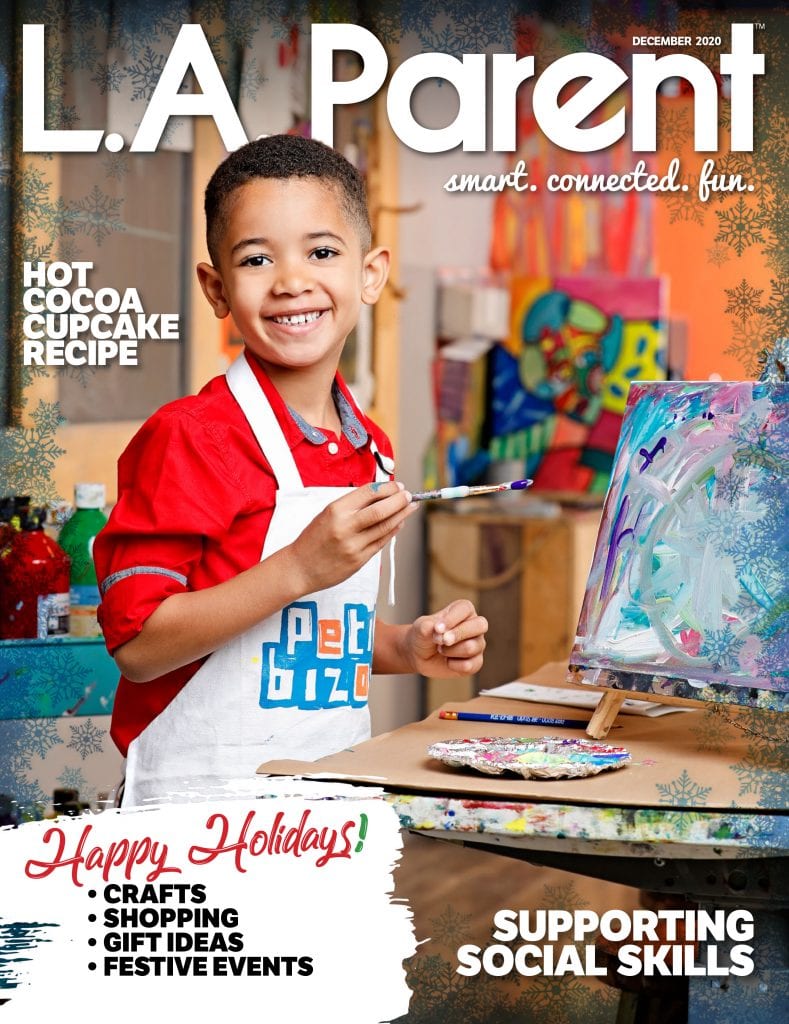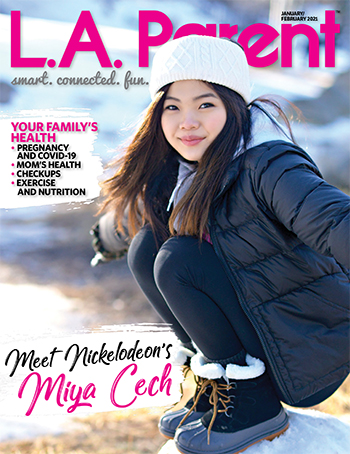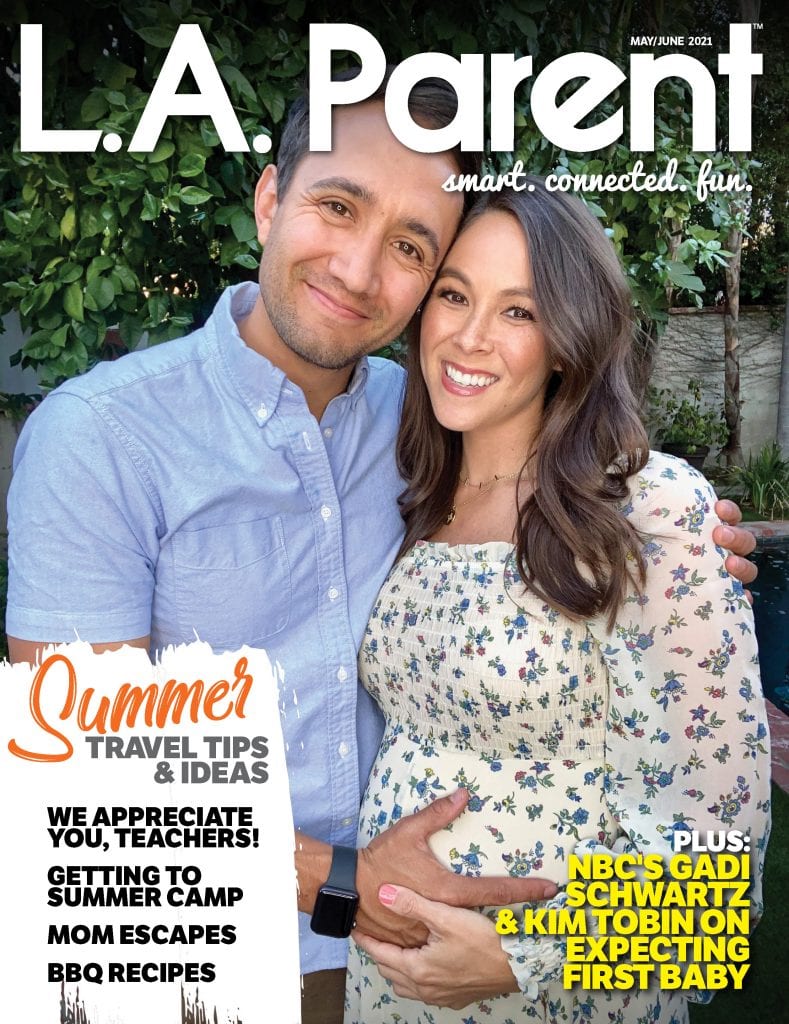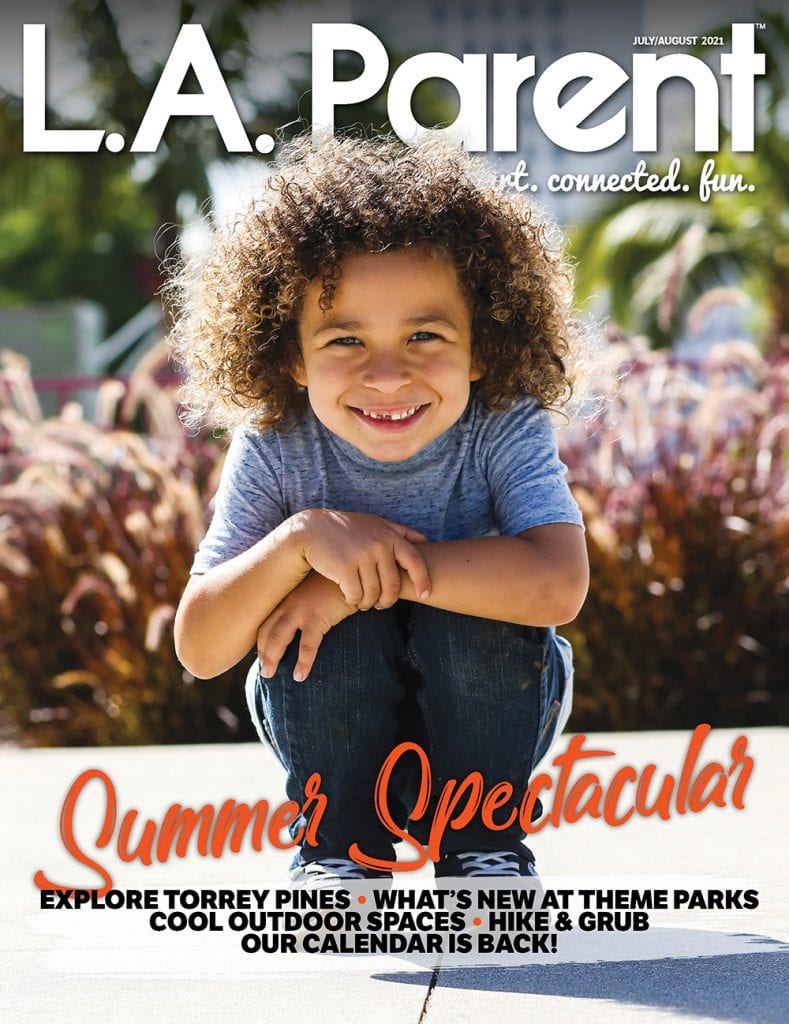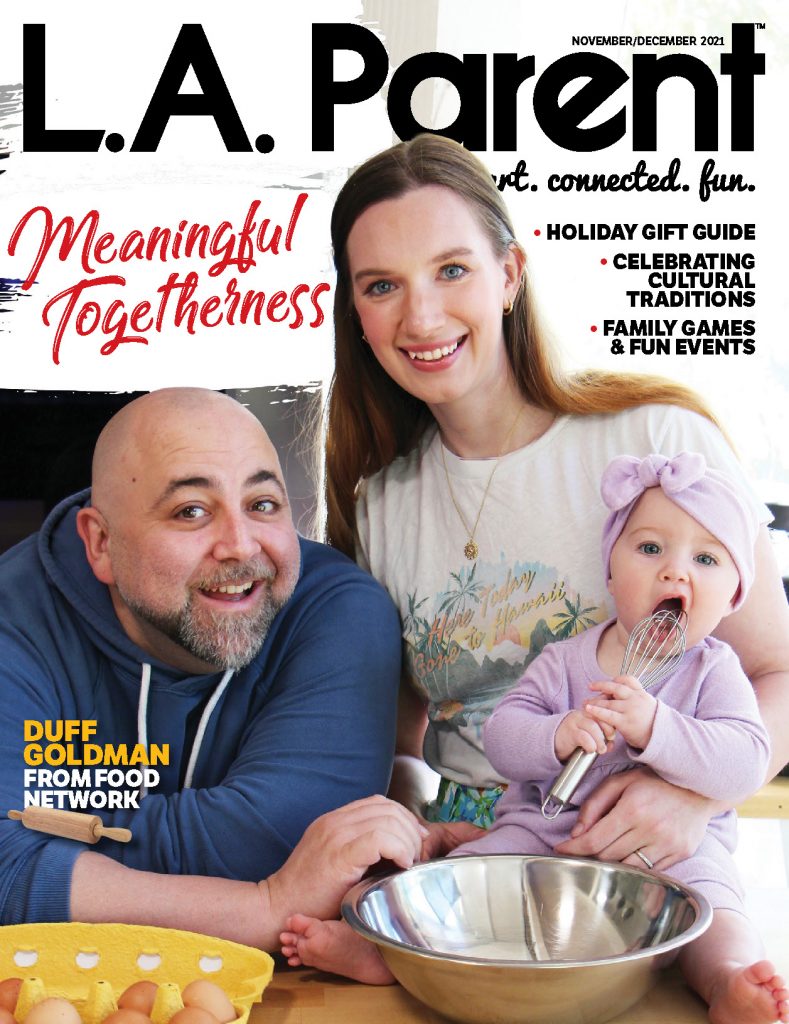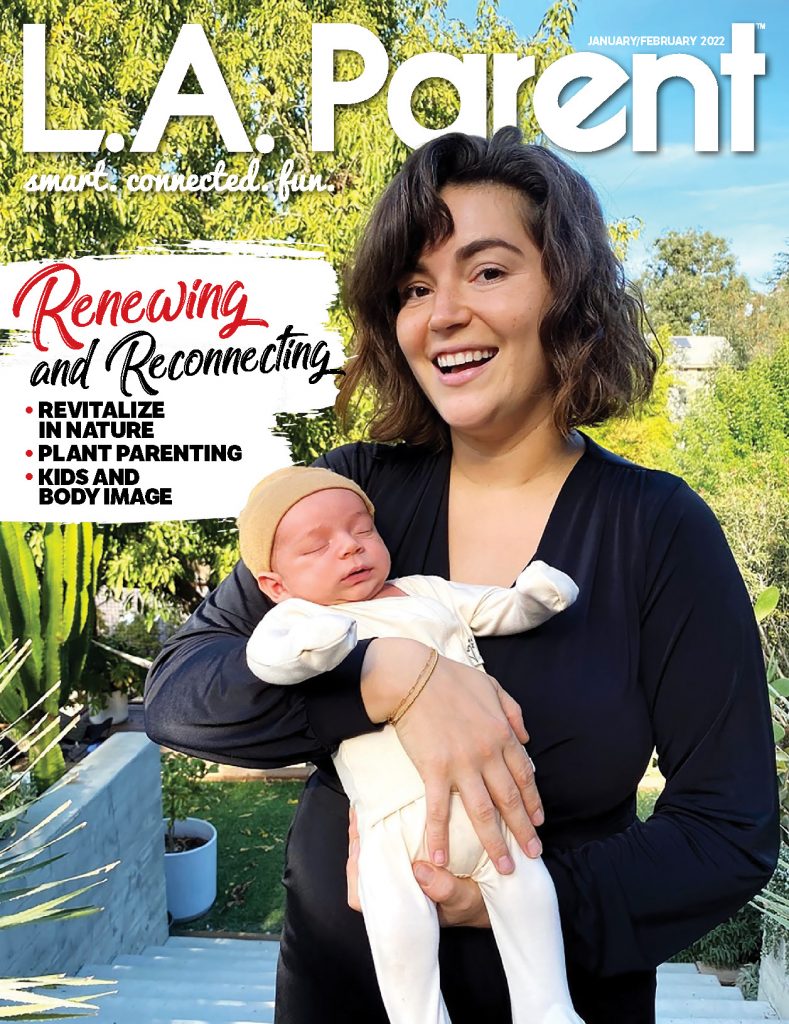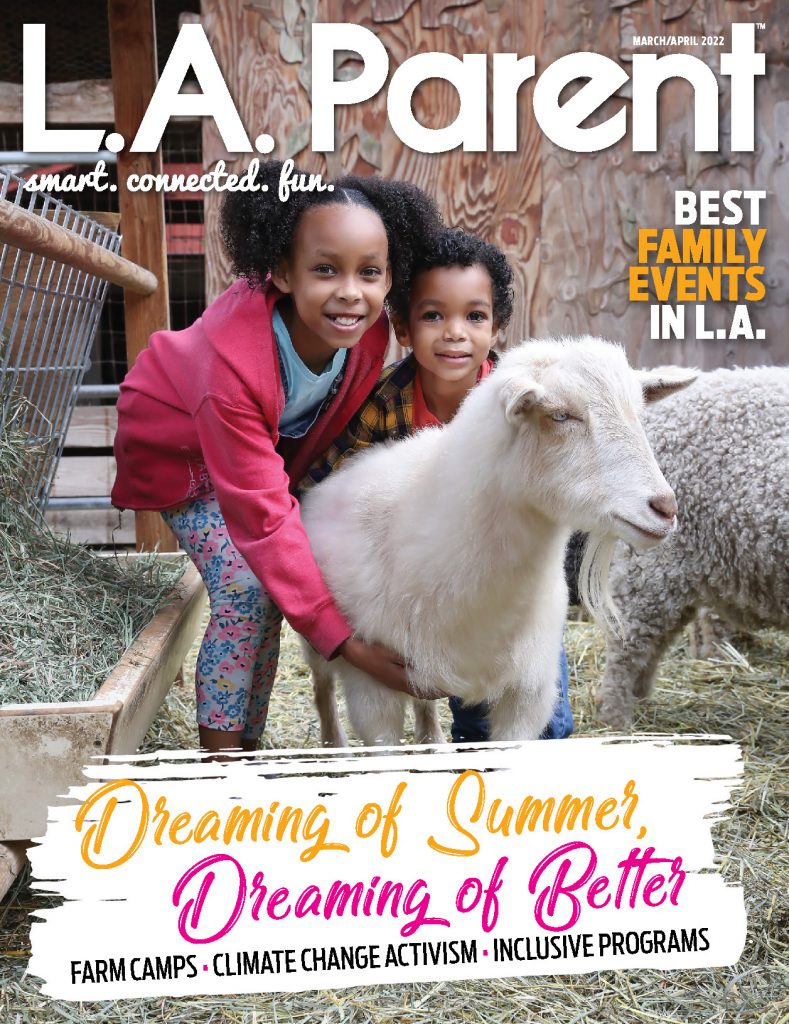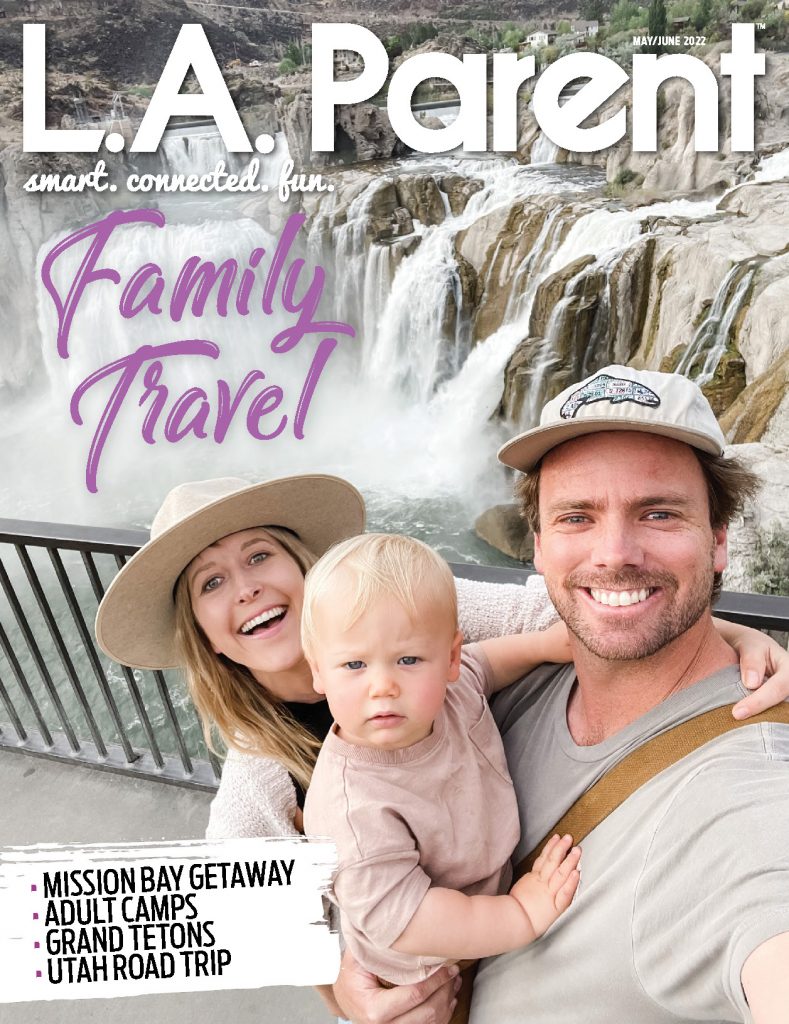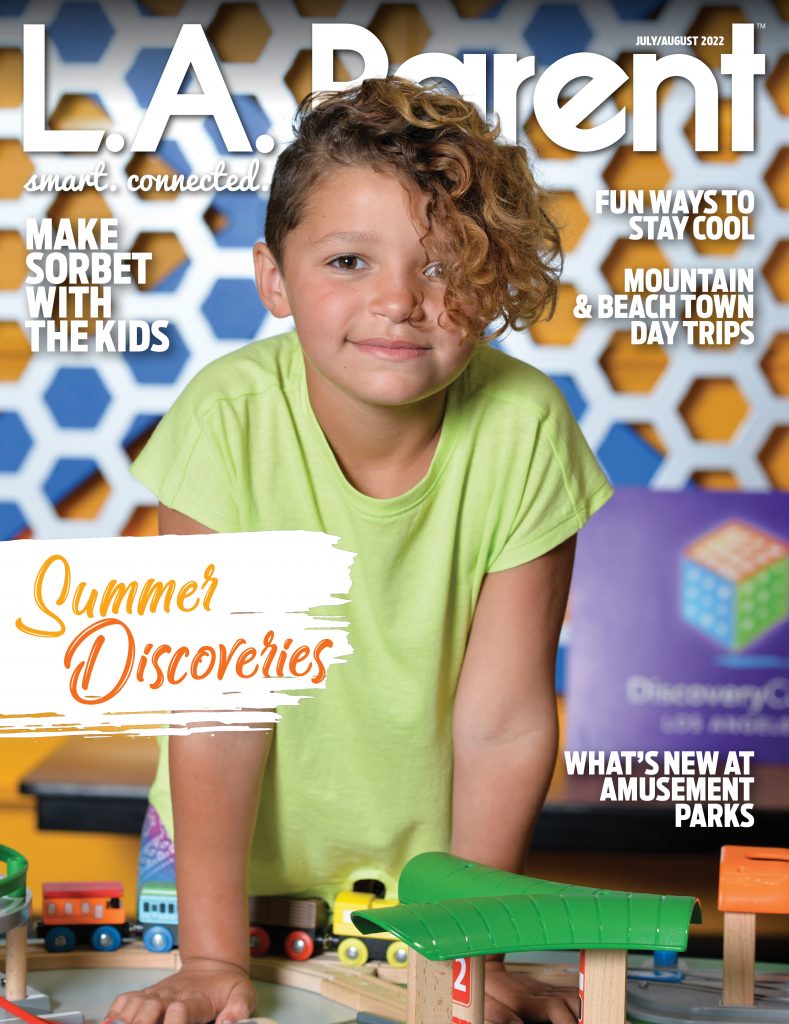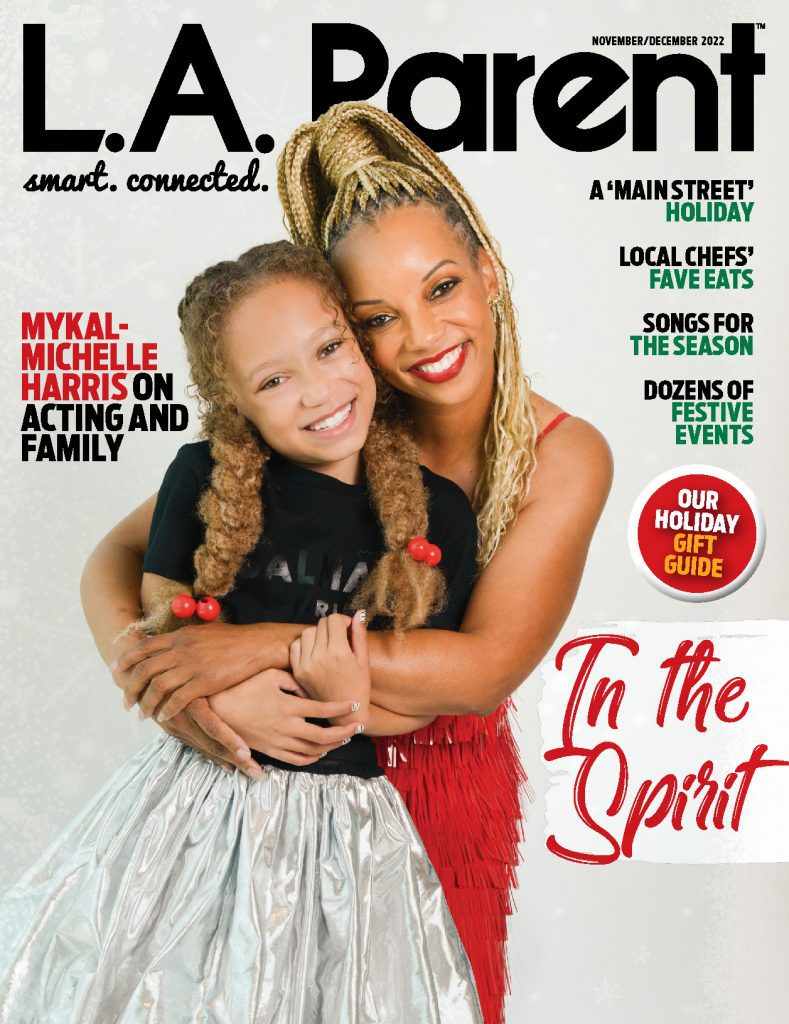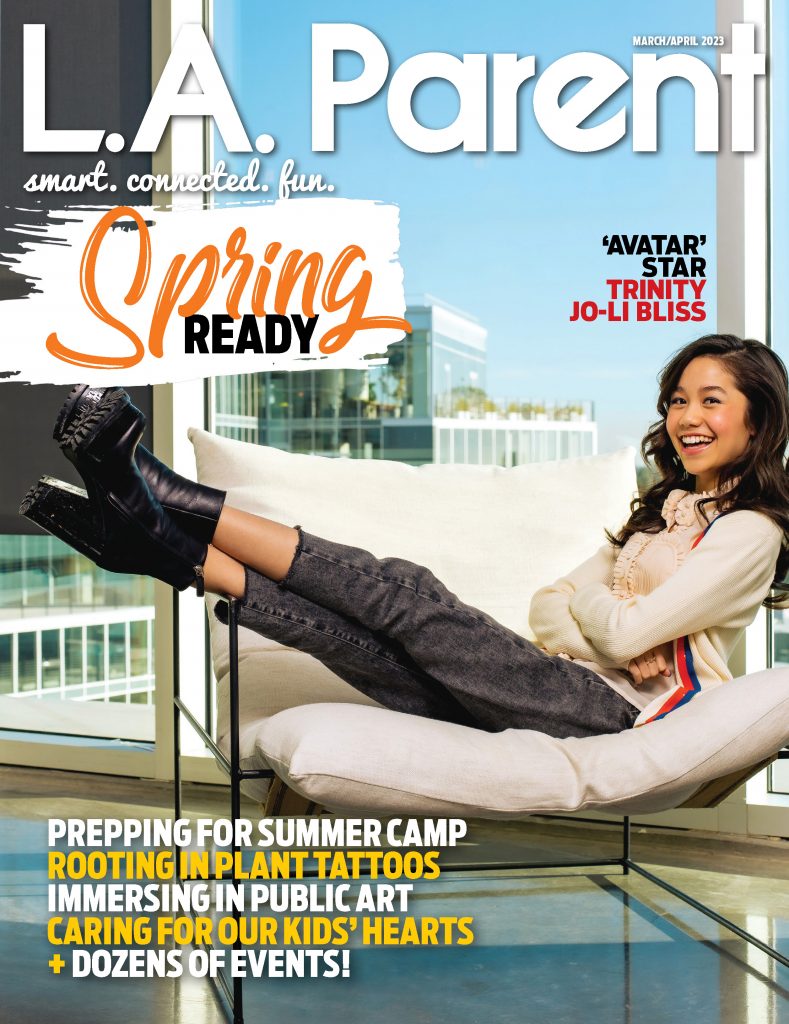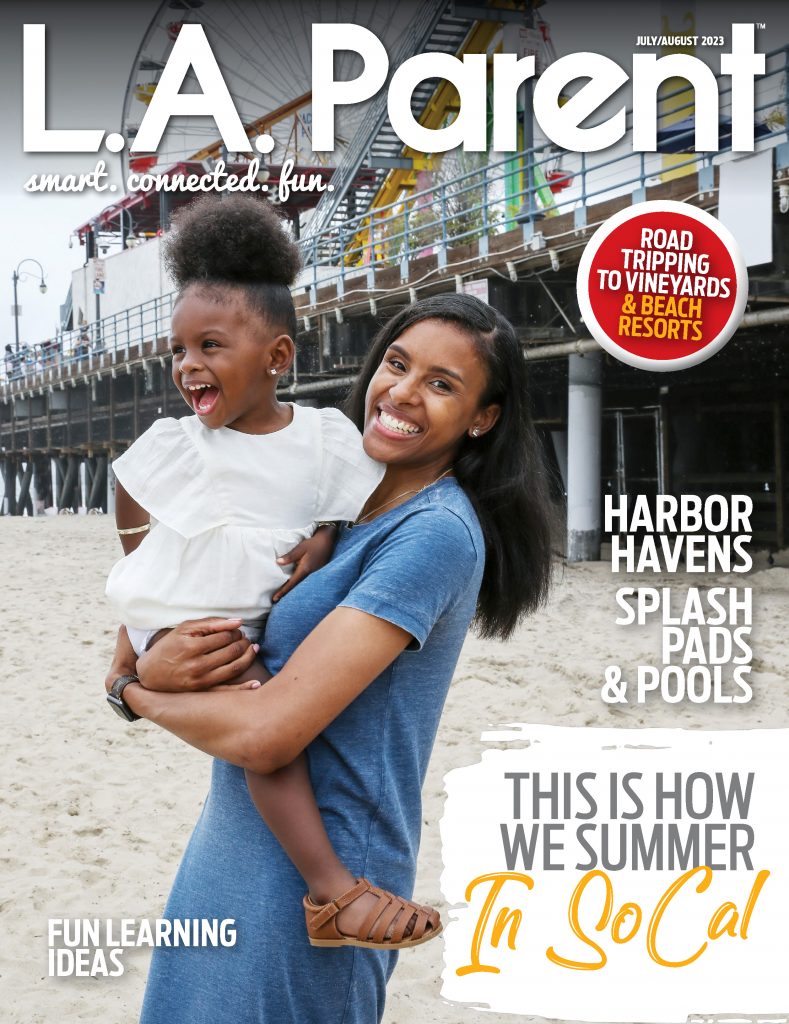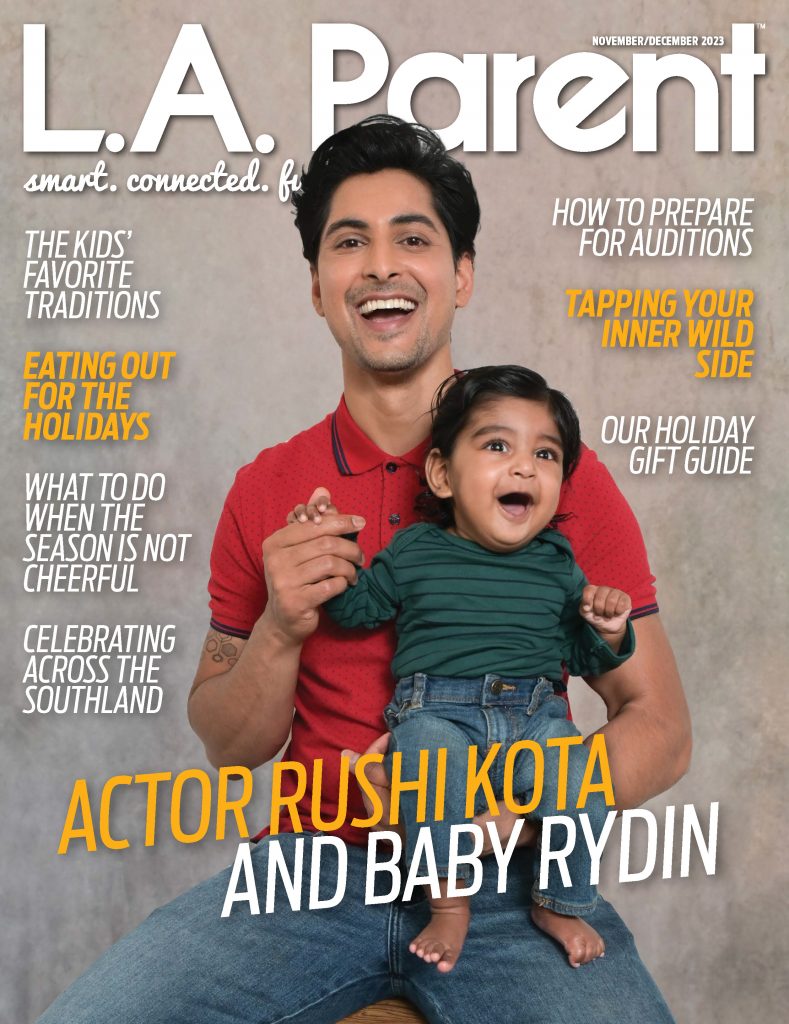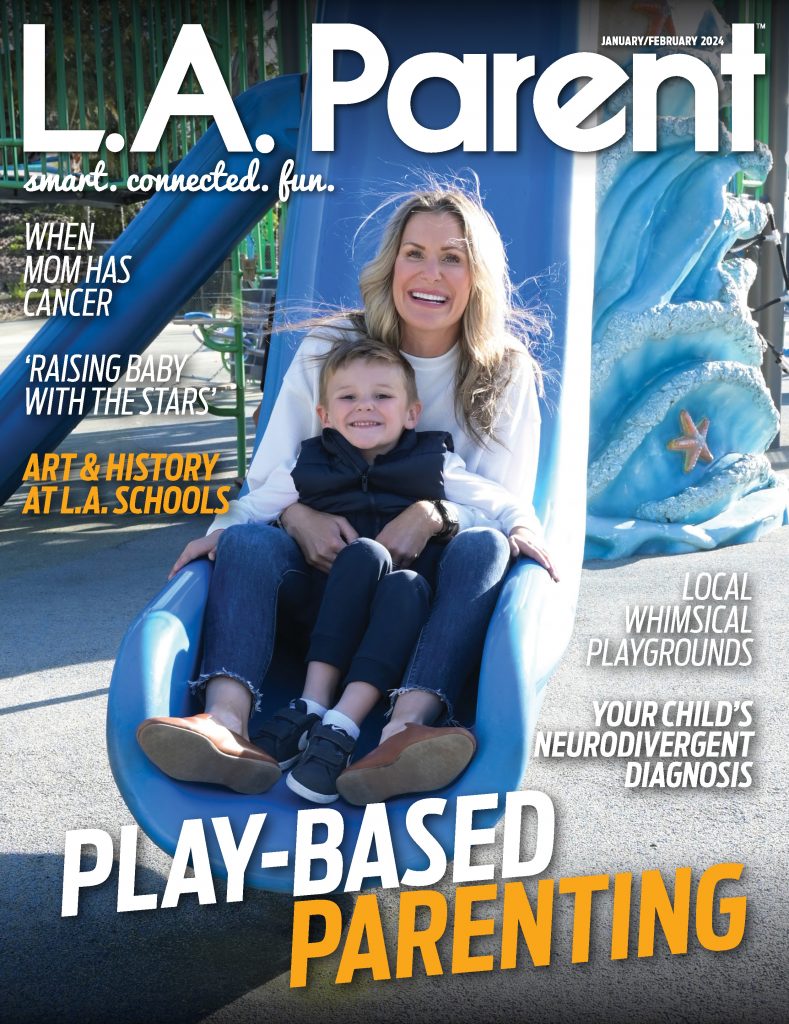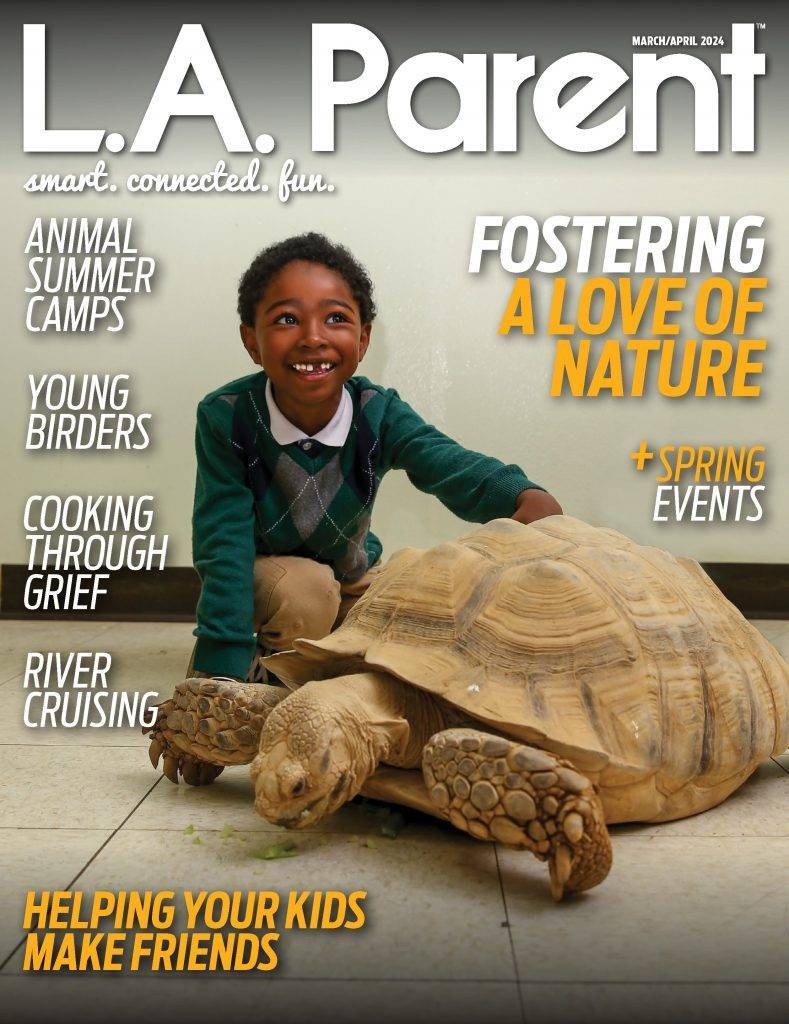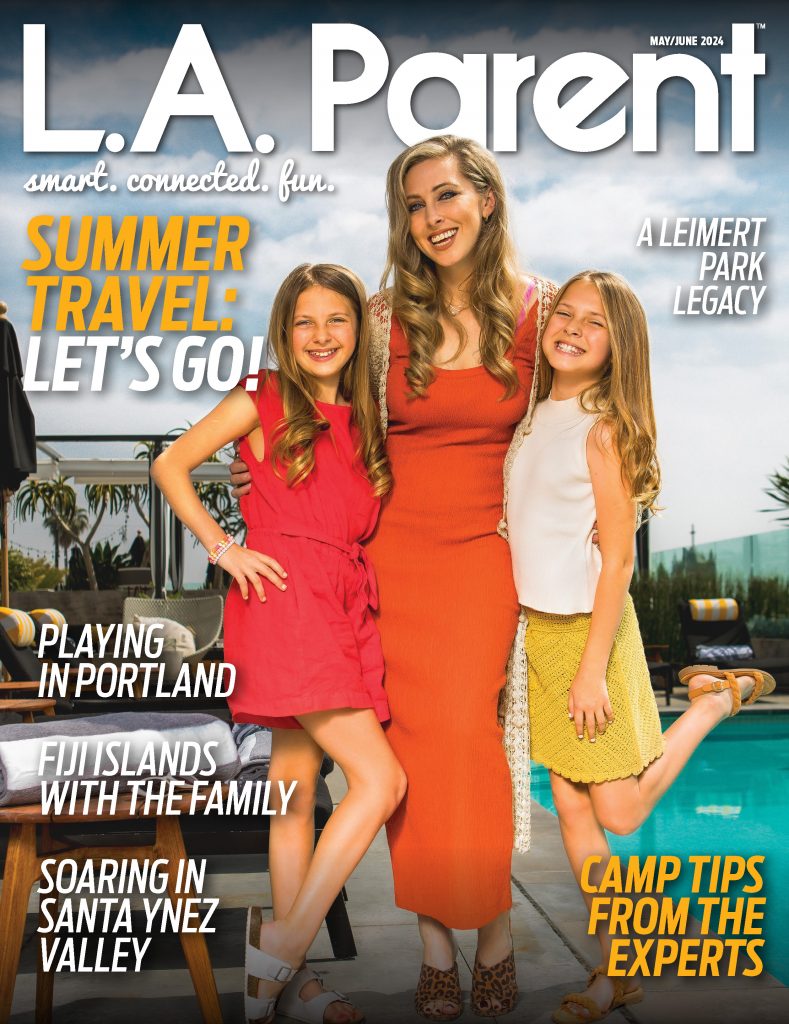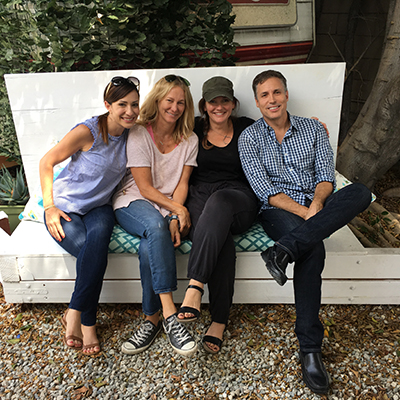
The idea for Hope in a Suitcase (HIAS) was born out of a chance introduction between L.A. moms Marsha Austen and Rebecca George, who struck up a conversation outside their children’s elementary school one day. Saddened by the plight of the more than 30,000 children separated from family in L.A. County’s foster care system, the pair made a commitment to pack and distribute 200 suitcases to foster children. They enlisted friends – Nicole Brzeski, Lauren Crosby, Eufe de la Torre, Danelle Geller, Stacy Kravetz and Margaret Meenaghan – to help them. Four years later, the passion project is a nonprofit that has provided more than 11,000 suitcases of hope.
Did any of you have a connection to the foster care system?
George: My mom was a social worker with the [Illinois] Department of Children and Family Services. I grew up understanding that many children entering foster care, especially in emergency situations, had to pack their belongings in trash bags. Our goal was to offer them dignity during such a traumatic time.
de la Torre: I worked more than 20 years to advocate for L.A. County foster children as a foster-care social worker and supervisor.
You exceeded your initial goal, collecting 500 suitcases. How did you do it?
Austen: Turns out, organizing school carnivals and parent bake sales is a great way to find people whose skills complement your own, to know folks who deliver on commitments when nobody’s getting paid, who have your back and can catch the ball and keep it moving forward.
What items are included in each suitcase?
Geller: All new clothing, underwear, toiletries, books, stuffed animals, a blanket and personal notes of encouragement.
What were the challenges?
Austen: Where to store 500 suitcases and how to get them to the children. Matt Casden, president of West Coast Archives (and the husband of the friend that introduced us) was an angel who donated storage space, an online indexing system so that suitcase requests could easily be matched to inventory and drivers and trucks to pick up and distribute every bag.
In 2017, you opened The Emporium in Mid-City, where tweens, teens and transition-age youth can come for “shopping days” entirely free of charge.
Geller: At that age, there’s a big variation in size and personal style. Foster tweens/teens are just as concerned about what they want to wear as other teens. The Emporium allows them to choose whatever makes them feel great – whether it be clothing, luggage, art supplies or books.
Have there been partners who’ve stepped in to help?
Austen: We collaborate with hundreds of individuals and dozens of organizations, schools, companies and community groups like The Water Buffalo Club, The Pritzker Foster Care Initiative and Shelter Partnership. We’re always on the lookout for new volunteers, fundraiser ideas and encourage young people to host supply drives for new items, pack duffle bags, organize bake sales and write encouraging notes for foster youth.
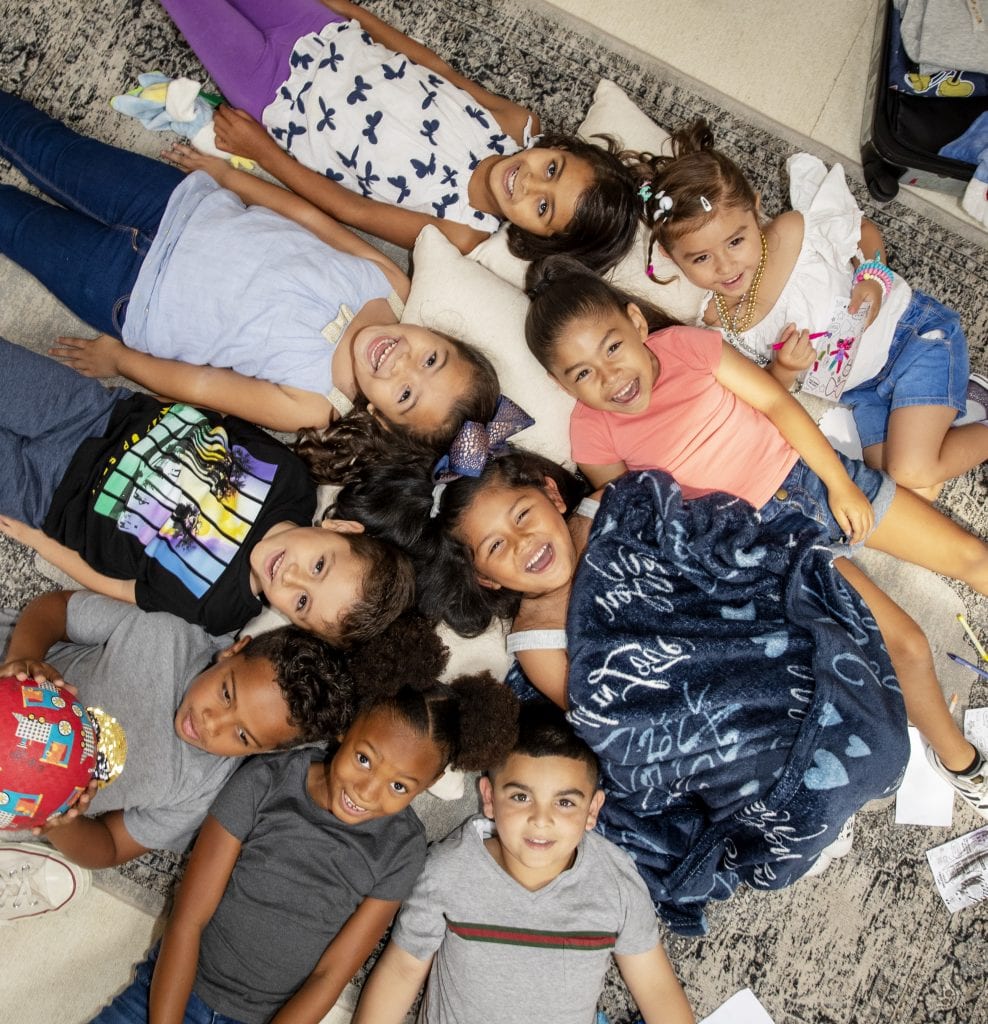
You recently relocated to a building near Culver City.
George: It’s a hub for several mission-aligned nonprofits, including Hope in a Suitcase, Make Good Inc., Foster Care Counts, Foster Nation and other organizations serving foster youth. Our coordinated effort ensures that kids don’t “fall through the cracks” as they transition between homes and grow from tweens to teens and then near the age of independence.
What’s next?
George: The holidays can be a bittersweet time for children who aren’t spending it with family. We’re gearing up for our holiday tradition of teaming up with a local business to provide packed character roller suitcases and wrapped holiday gifts for children spending the holiday season in the temporary shelter we serve. And we are hosting teen boys in a residential program with a special shopping day, including holiday gifts from their personal wish lists.
It must feel gratifying to know that you’re making a difference.
de la Torre: The children are the real heroes. Despite the hardships, they somehow still find ways to keep laughing, playing and imagining.
To learn more about Hope in a Suitcase, make a donation or get involved, visit www.hopeinasuitcase.org.
